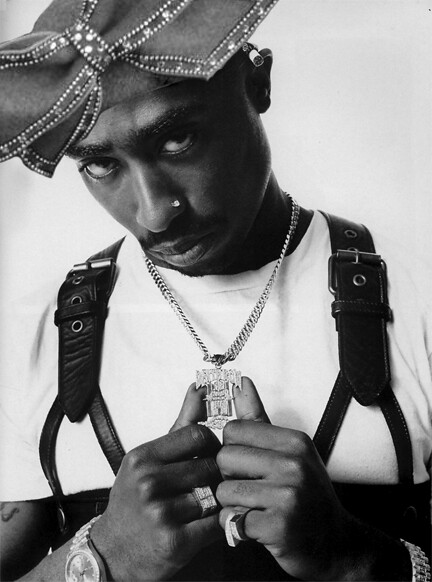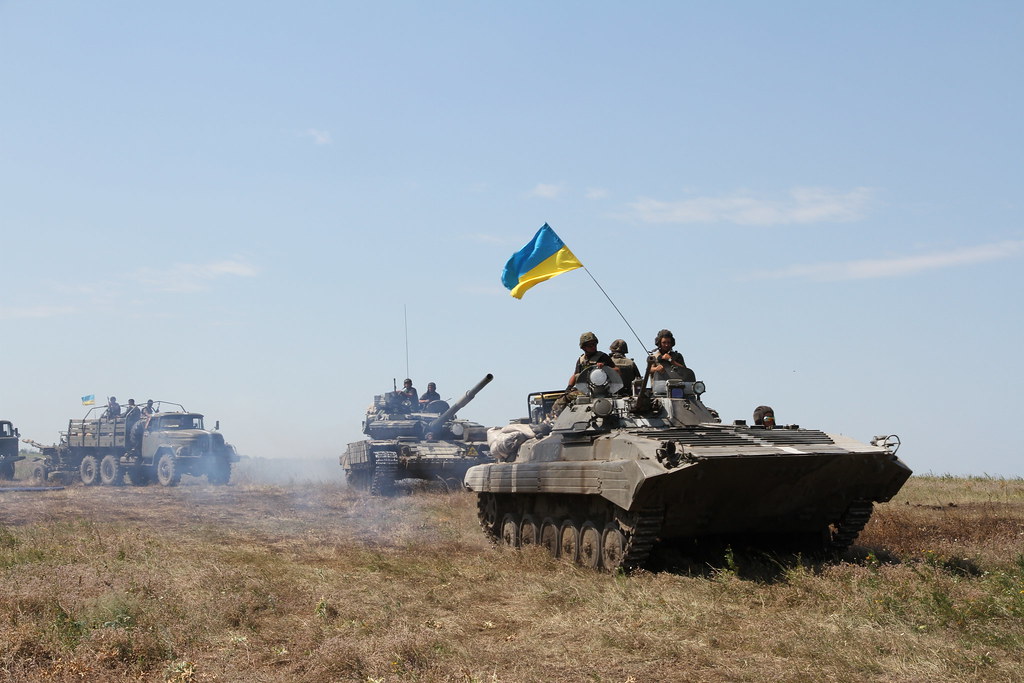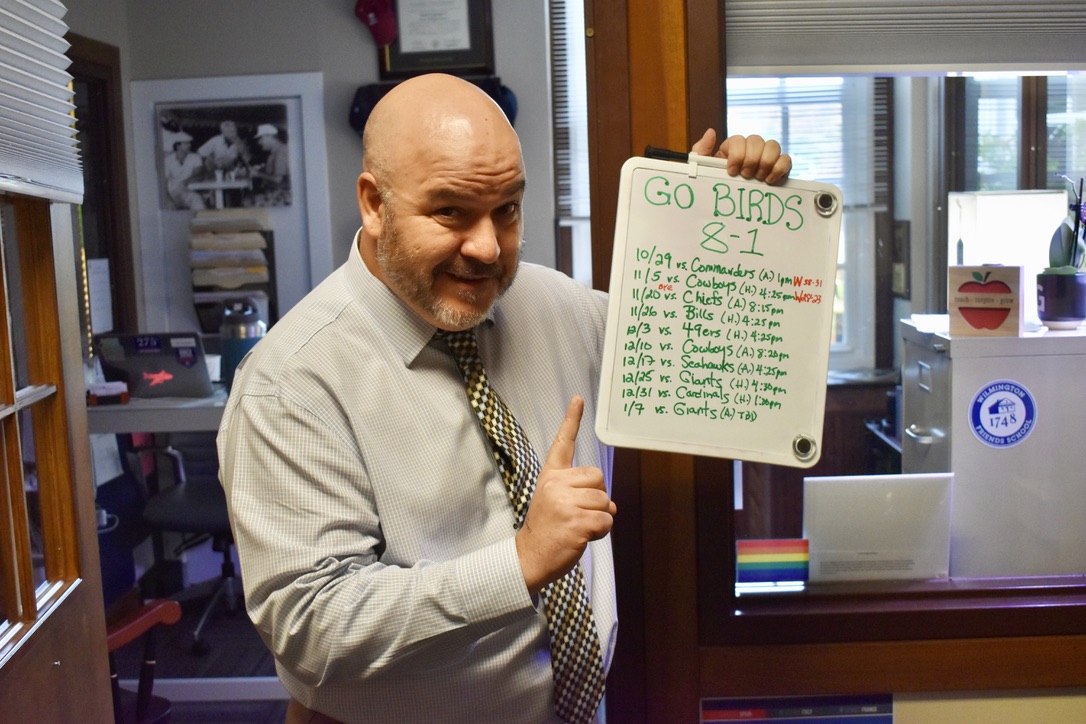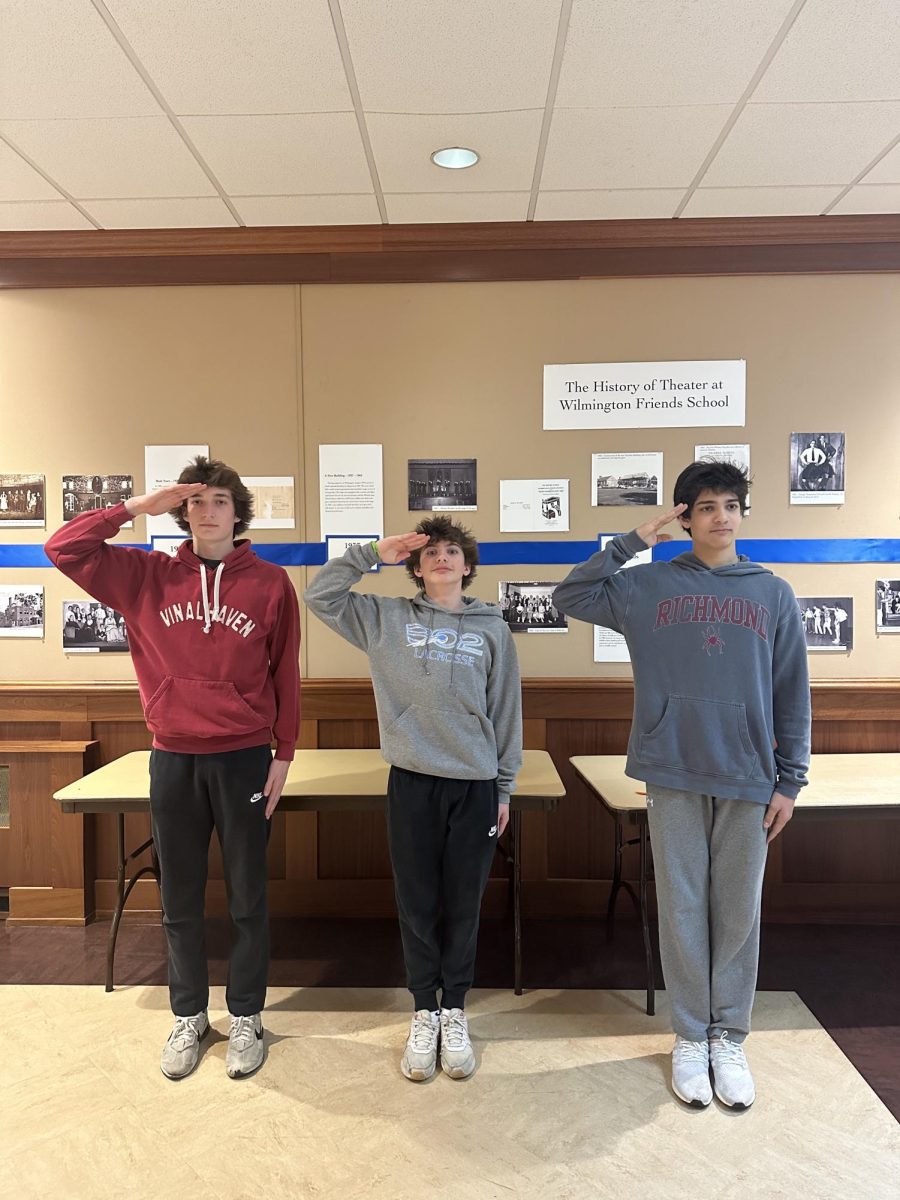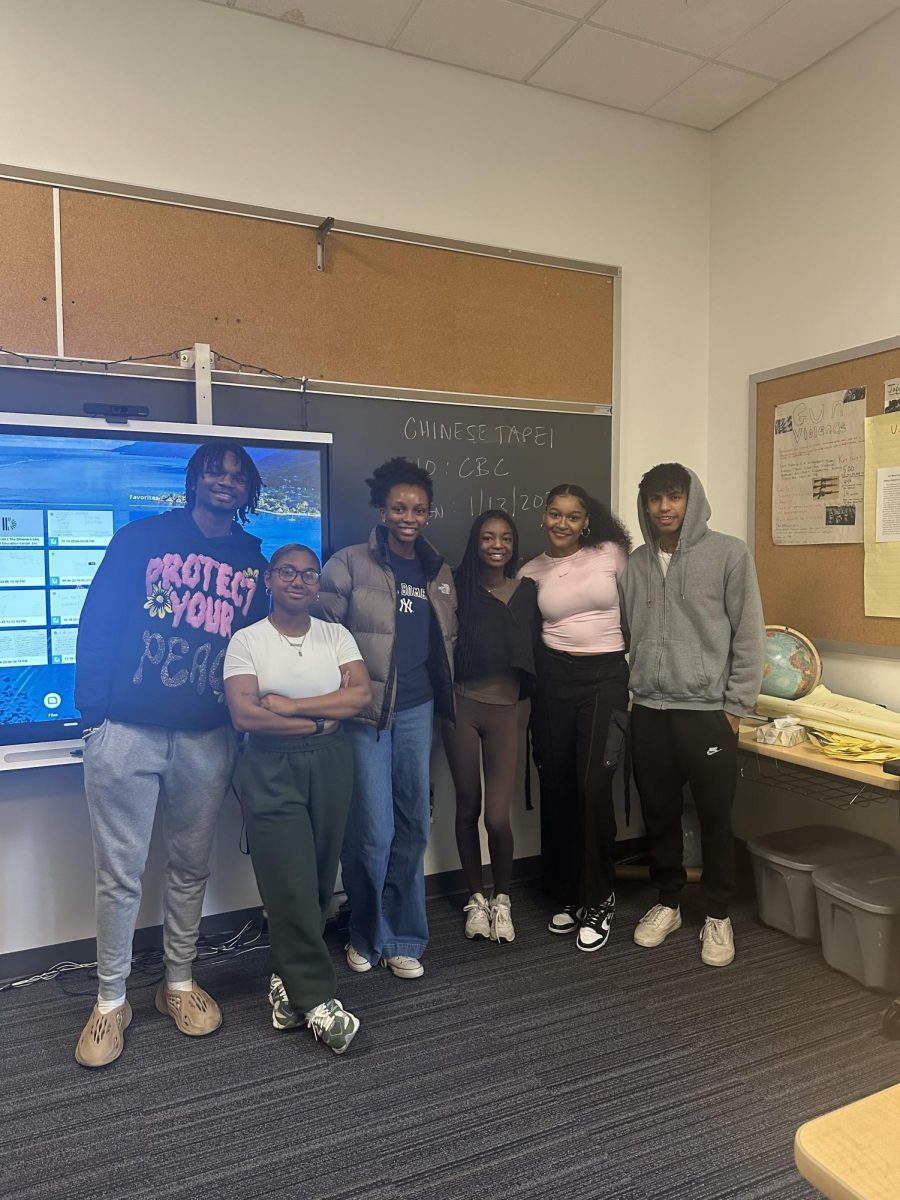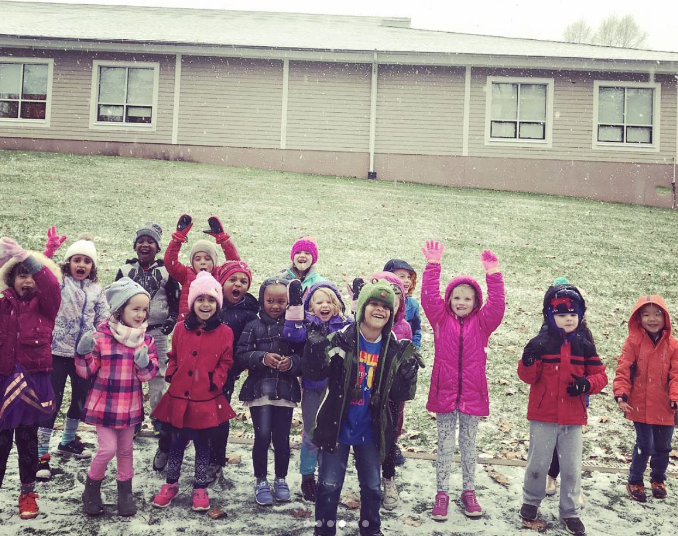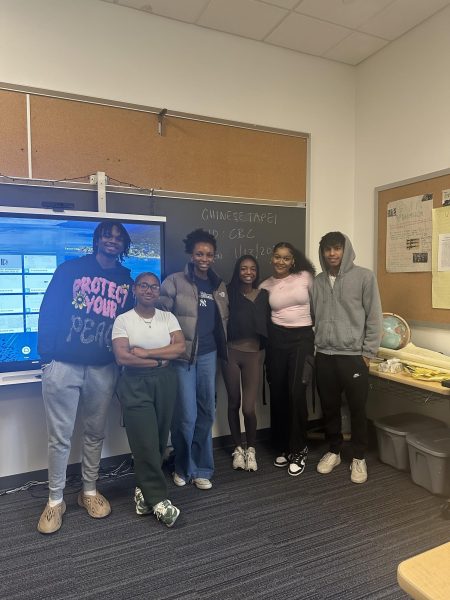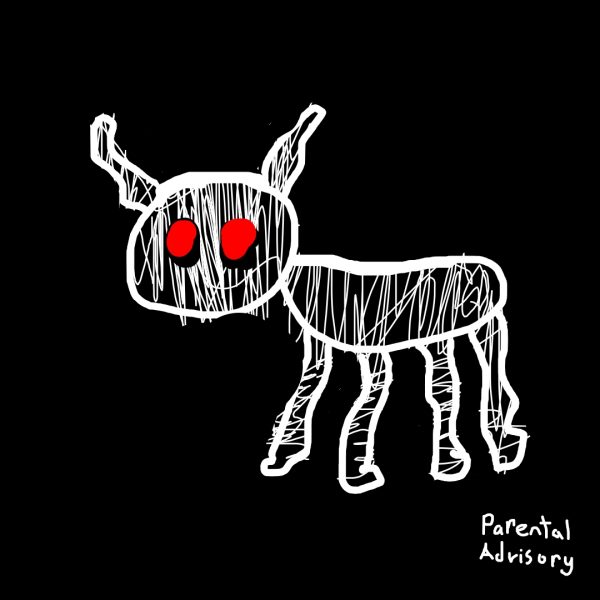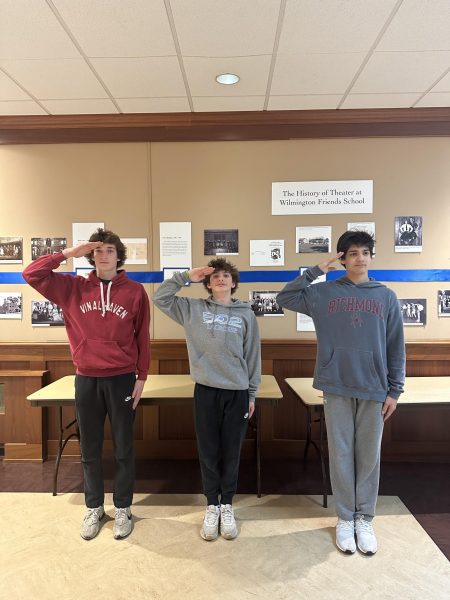Taliban Renews Threats Against Malala
Homecoming 2013
On October 7, 2013, Taliban militant Shahidullah Shahid contacted British Newspaper The Daily Telegraph from an unknown location to announce a renewed threat directed at sixteen-year-old front-runner for the Nobel Peace Prize, Malala Yousafzai. Just over a year ago, on October 9, 2012, Taliban militants shot then-fifteen-year-old Malala Yousafzai in the head on her way home from her school in Mingola, a small town located in the conservative and rural Swat Valley region of Pakistan.
Taliban militants targeted Malala following her decision to identify herself as the author of a blog for BBC Urdu, “Diary of a Pakistani School Girl,” written when Malala was in seventh grade. The BBC published Malala’s blog during the period following Taliban leader Mullah Fazlullah’s 2008 ban on female education. Over the course of the few months documented by Malala’s blog, Taliban militants destroyed more than 150 schools in Pakistan, severely damaging the already weak education systems of several rural areas. Although school attendance among girls was permitted again in 2009, female literacy rates in rural areas like the North-West Frontier Province and the Baluchistan Province are still estimated to be between three and eight percent – strikingly low, even for Pakistan, whose total female literacy rate is 40%, much lower than the national literacy rate of 71%. Lack of education marginalizes Pakistani girls in these rural areas and prevents economic advancement. For girls like Malala, school is a chance to escape the trap of a gender discriminatory society. “I didn’t want my future to be imprisoned in my four walls and just cooking and giving birth,” Malala wrote in 2009.
Following her recovery from the shooting, a many-month process involving multiple skull and brain surgeries performed by doctors in Peshawar, Islamabad and England, fifteen-year-old Malala courageously stepped back into the international spotlight. Unhindered by some remaining paralysis on the left side of her face, Malala Yousafzai celebrated her sixteenth birthday on July 12, 2013 by delivering a speech addressing the United Nations at the U.N. Headquarters in New York. In her speech, Malala called for all governments to offer free education and encouraged women to stand up for their rights. “We can not all succeed when half of us are held back,” she said.
Several days after Malala’s reemergence as a voice for women’s rights and global education, senior Pakistani Taliban member Adnan Rasheed published an open letter to Malala that shocked the public, not only with its blunt justification for the attack, but with its ironic display of a top Taliban member’s poor writing ability. “Taliban attacked you, was it Islamically correct or wrong, or you were deserved to be killed or not, I will not go in this argument now, let’s we leave it to Allah All mighty, He is the best judge.” (Adnan Rasheed) The disturbing ideology exposed by the letter, which offered no form of apology to the fifteen-year-old victim, explained why she was targeted. This would frighten the average teenage girl, but as the world has come to see, Malala is no average girl.
Since Malala’s speech before the U.N., which the U.N. commemorated by dubbing July 12 as “Malala Day,” the U.N. Special Envoy for Global Education has launched a petition for global education demanding Pakistan produce a plan to deliver education to every child, that all countries outlaw discrimination against girls, and that international organizations ensure that the 61 million children out of school will attend by 2015. The petition is “in support of what Malala fought for,” and uses “I am Malala” as its slogan. The petition will be presented to Pakistani President Zardari in November. In addition to sparking international legislation, the 16-year-old has been honored by dozens of organizations, including the Clinton Global Initiative. She was featured on the cover of TIME in April of 2013 as one of the magazine’s “100 Most Influential People” and was runner-up for TIME’s “Person of the Year.” Malala’s book, I Am Malala, was released on October 8, 2013. As U.N. Special Envoy for Global Education Gordon Brown said, “Because of Malala, there is a public understanding that something is wrong and has got to be done.”
With Malala’s astonishing impact on global education and her many accomplishments, it comes as no surprise that she was a front-runner among the 2013 Nobel Peace Prize nominees. At sixteen, she was the youngest nominee for the Nobel Peace Prize, and if she had won, she would have only been the second Pakistani to be recognized by the Nobel Prize committee.
On October 7, 2013, after the world watched Malala bravely speak out for education and women’s rights, after the international community read the disturbing justification for her attempted assassination by the Taliban, after a sixteen-year-old was nominated for the Nobel Peace Prize, there is total shock that the Taliban would renew its public threats against Malala. “Anyone who campaigns against our religion and criticizes Islam, like she is doing with her secular ideology, is our enemy and so we will target her again, and again,” Shahidullah Shahid said to The Daily Telegraph. While the world has watched in awe as a sixteen-year-old girl courageously demanded justice for the women of Pakistan, we must also acknowledge the horrifying reality that the Taliban will continue to target a sixteen-year-old girl for wanting an education.
Ellie McGinnis has been a part of The Whittier Miscellany staff for four years and currently serves as the publication’s Copy Editor. This is her first year as an independent columnist. McGinnis is allergic to pineapples and cats.


